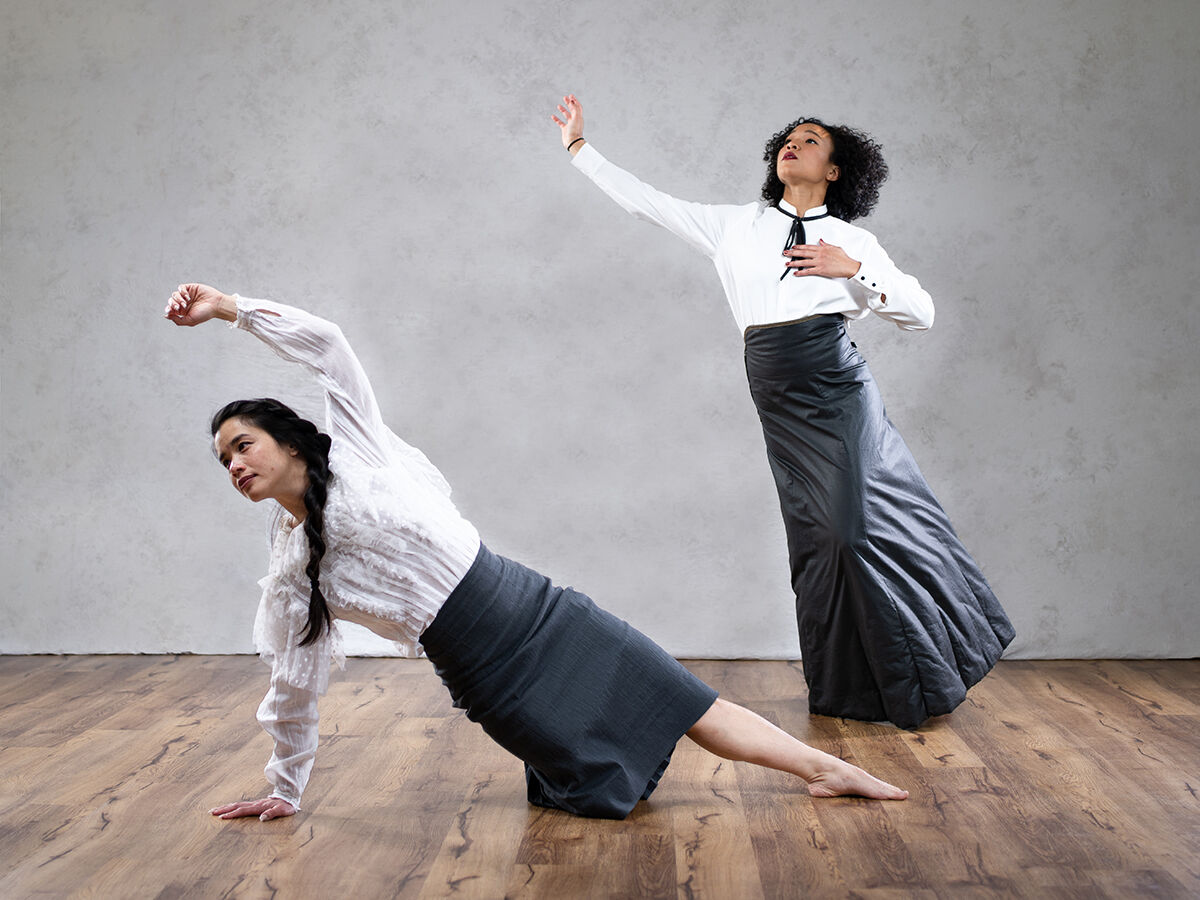There’s a magic that comes from sitting in a dark theater and watching a live performance, says Litvak Dance Artistic Director Sadie Weinberg. The crowd of strangers, the energy of the performers—it’s an experience that can be hard to translate onto Zoom. But Litvak Dance found a way to make it happen.
The North County–based modern dance company was putting the final touches on their latest work—The Suffrage Project—when the pandemic shuttered theaters and put a pause on live performance. Their initial plan, to take the project to local schools, theaters, and libraries, was wiped. In its place, Weinberg transitioned the project to a virtual platform, launching it as a collection of dance solos online and through a few live-streamed performances.
“The thing about the arts, and people in the arts, is that we make it happen and just keep moving forward no matter what,” she says. “I’m grateful that my dancers wanted to keep going and that audiences still wanted to watch, even if it was online.”
The Suffrage Project honors the 100th anniversary of women’s right to vote in the United States from a modern perspective, exploring themes surrounding class, identity, race, and sexual orientation. Beyond the significance of inciting political change, the historical movement also encouraged people, mainly women, to question their current realities and realize the power and role they had in shaping democracy. It was that emphasis on going against the status quo that Weinberg and her dancers drew upon as inspiration for the dance project.
“I think it’s important that we continually investigate our perceived history,” she says. “There is so much more to the stories we learn in school. Working on this project has inspired me to think deeper on what suffrage looks like 100 years later and, in our case, use dance as the tool to do it.”
The dancers do that digging through a series of self-choreographed solos, connecting their own personal experiences and familial histories with the stories of San Diego’s lesser-known pioneer women. Each piece tells a different story, introducing viewers to figures like María Amaparo Ruíz de Burton, who lived through California’s turbulent transition from Mexican to United States territory, and America Newton, a Black woman who gained her freedom from slavery and helped found the town of Julian.
Viewers can find the dances on Litvak’s website, where additional materials like artwork by Wren Polansky and background information on the historical women offer more insight into the project’s many layers. Weinberg says that taking the project to a digital platform allowed them to have a broader reach—moving beyond their typical audience to reach young dancers and high schoolers around the county by working with teachers to incorporate it into their lesson plans.
And while Weinberg says that nothing will beat the feeling of performing for a live audience, she and her dancers have found a sort of sweet harmony in carrying on the legacy of some of San Diego’s most noteworthy women through a modern lens.

Litvak Dance
PARTNER CONTENT
Doug McMinimy













